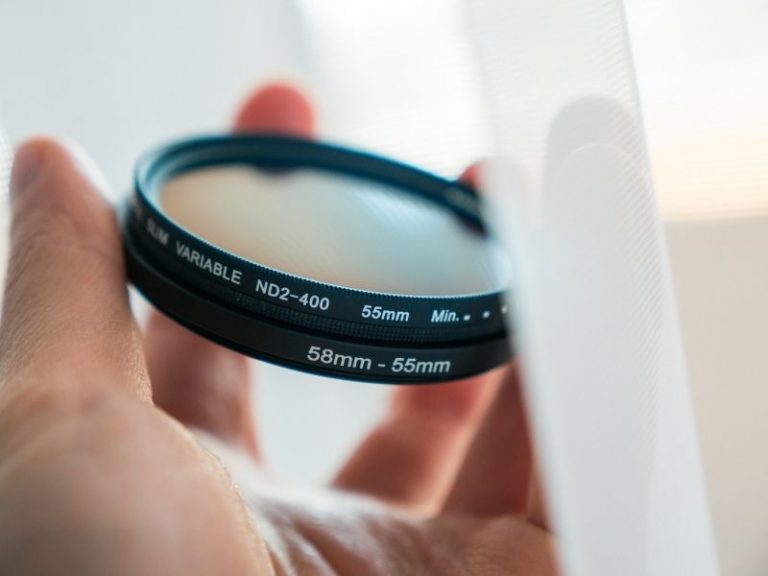Optics are all around us and play a significant role in our lives. Though many of us may not think about it, optical tools are used for a variety of purposes every day. In this blog post, we will discuss some of the most common uses of optics in our daily lives. From eyeglasses to microscopes, optical tools have a multitude of uses that improve our quality of life. Stay tuned for more information on the fascinating world of optics!
How optics are used in microscopes and telescopes
Optics are used in microscopes to magnify small objects so they can be studied in detail. In telescopes, optics are used to collect light from distant objects so they can be viewed and studied. But optics aren’t just used in scientific equipment. They’re also used in many everyday items that we use without even thinking about it. And if you are purchasing these products, always purchase from a leading optics products manufacturer who will understand your needs and meet your requirements.
The different types of optical fibers and how they’re used
– Glass optical fibers: carry signals in long-distance telephone calls and computer networks
– Plastic optical fibers: used in short-distance applications such as local area networks (LANs)
– Fiber optics has also been used in medical imaging and treatment, including endoscopes, which are long, thin tubes with a light and camera at the end that allow doctors to see inside the body without making a large incision.
– Optical coherence tomography (OCT) is another medical imaging technique that uses light to take cross-sectional pictures of tissues. It is often used to image the retina, the layer of tissue at the back of the eye.
– In addition to its use in medicine, fiber optics is also used in lighting, automotive headlamps, and in sensors.
As we can see, optics play a large role in our lives whether we realize it or not. The next time you are on the phone or using the internet, remember that fiber optics are carrying your signals! And if you ever need medical imaging or treatment, know that light will be involved in providing your doctor with a clear view.
How Lasers Are Created Using Optics
Lasers are created when electrons in atoms are excited to a higher energy state and then fall back down to their original state. This release of energy creates a laser beam. The term “laser” is an acronym for “light amplification by stimulated emission of radiation.”
Optics play a vital role in the creation of lasers. In order for electrons to be excited, they must absorb photons (particles of light). When the electrons fall back down to their original energy state, they emit photons. By using optical mirrors and other optical elements, laser beams can be amplified and focused into a very small area.
Lasers are used in many different applications, including surgery, manufacturing, communications, and entertainment. They are also used in military applications, such as target designation and missile guidance.
Optics is a field of physics that deals with the behavior and properties of light. Optics can be used to study very small objects, such as atoms, or very large ones, such as galaxies. It is also used in many technological applications, such as lasers and fiber optics.
Optical Illusions And How Our Brains Process Visual Information
We’ve all seen optical illusions before. They’re those images that trick our brains into seeing something that isn’t really there. But have you ever wondered why our brains fall for these tricks?
It turns out that the way our brains process visual information is actually quite complex. And, sometimes, it can lead to us seeing things that aren’t really there.
There are a few different types of optical illusions. One type is called an ambiguous figure. This is where you see one image, but your brain interprets it as two (or more) different images. Ambiguous figures are usually created by using contrasting colors or shapes.
Another type of optical illusion is called a forced perspective illusion. This is where your brain is tricked into seeing an object as being bigger or smaller than it actually is. This type of illusion is often used in movies and photographs.
So, why do our brains fall for these tricks? Well, it turns out that our brains are constantly trying to make sense of the world around us. And sometimes, this can lead to us seeing things that aren’t really there.
So, next time you see an optical illusion, don’t be too hard on yourself. Your brain is just doing its best to make sense of the world around you!
The Future Of Optics And Its Potential Applications Are Knowledgeable
The majority of people think that the only use for optics is to help us see better. However, this branch of physics has a plethora of potential applications in our daily lives, many of which we are already starting to see emerge. Here are just a few examples:
We are surrounded by optical devices whether we realize it or not. Lasers are used in CD and DVD players, while fiber optics carry information at the speed of light through telephone lines and the Internet. Even our cars have become more efficient thanks to optical tools – headlight reflectors direct more light onto the road while using less energy, and anti-lock brakes use sensors that measure wheel rotation speed optically. As research continues into this area, we can only imagine the ways that optics will increasingly improve our lives in the future.
So, the next time you’re using your smartphone, watching a movie, or driving to work, remember that optics is playing a role in making your life better!

